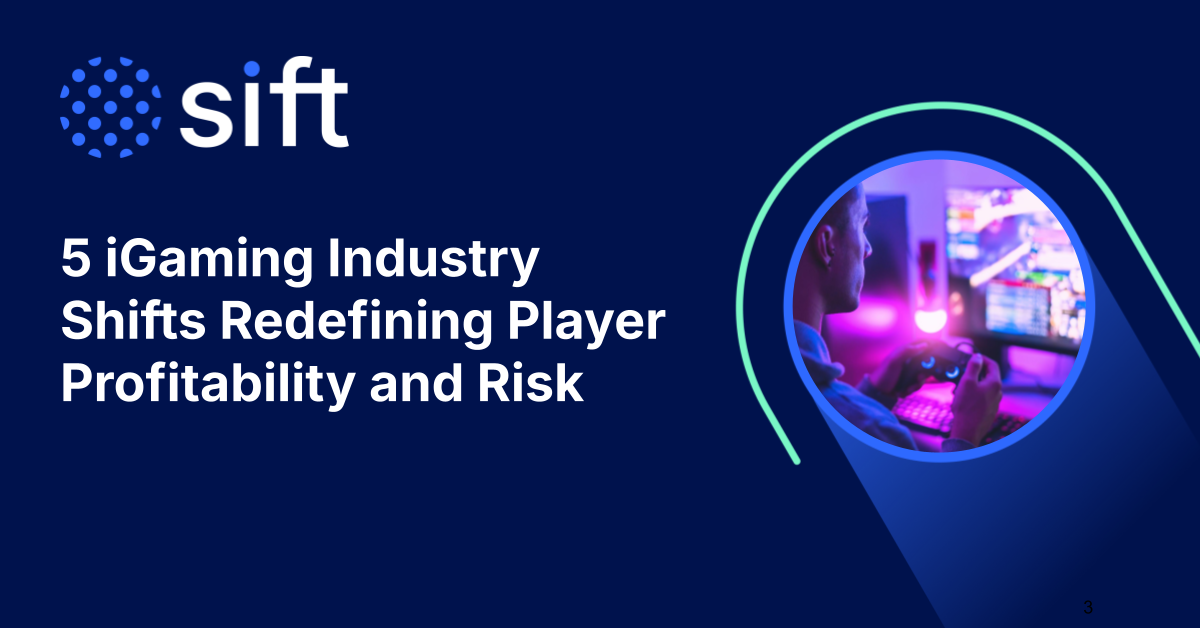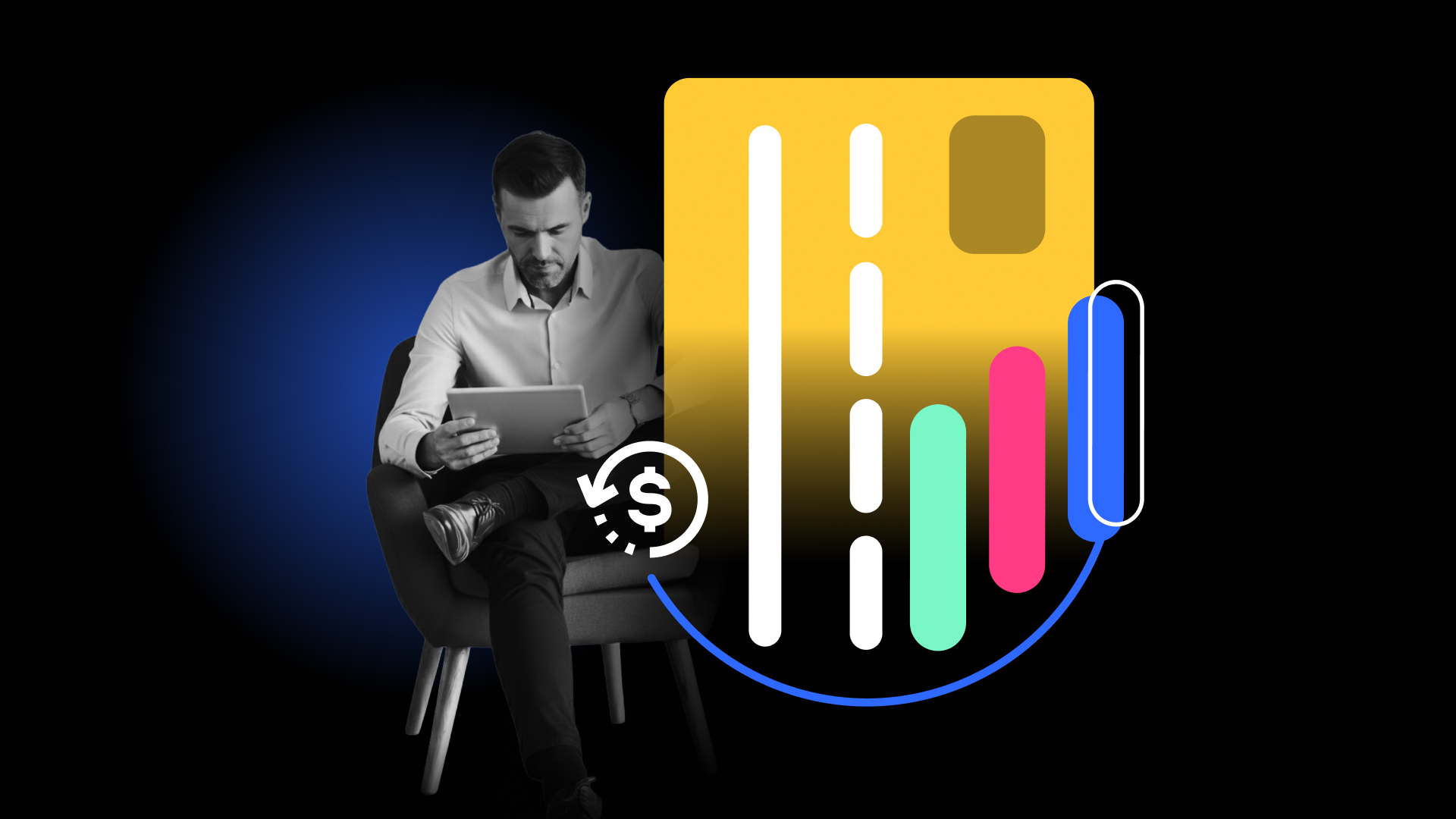Sustaining secure growth isn’t solely about chasing revenue. It takes building and maintaining a competitive edge by delivering consistent value. It requires that both speed and accuracy be a priority across the customer journey. It also means integrating real user data and real-time feedback into every workstream.
But too often, businesses rely on fraud solutions that can’t keep pace with market dynamics, can’t scale with the company, don’t address all threats, and that clip profits in the process. Fraud shatters hard-earned customer trust, and it comes at a deep cost: recent research from Sift found that between up to 84% of consumers would permanently stop using a website or app due to fraud and turn to a different provider, regardless of industry.
Here are five mistakes businesses make when searching for a fraud solution that can shut down growth- and what businesses can do to avoid them.
1. Fraud decisioning based on bare-minimum data
Accuracy is paramount to effective fraud operations. Relying on minimal or incomplete data for risk decisioning leads to incorrect assessments, making businesses more vulnerable to fraud and quickly eroding customer trust. Both end in lost revenue, compliance issues, and operational inefficiencies.
Fraud solutions that pull insights from limited inputs will deliver equally narrow decisions. Without full context, analysts run the additional risk of increasing friction and false-positive rates, lowering transaction acceptance, and losing sales altogether. But end-to-end fraud platforms built on deep, diversified data significantly improve decision accuracy with every transaction.
Evaluation questions to ask
Does the solution:
- Assess the risk of users throughout the full customer journey (e.g., account signup, account updates, point of purchase)?
- Allow you to apply a decision at each point of the customer journey?
- Reduce false declines using machine learning models customized around your user’s behaviors?
2. Missing coverage for primary fraud threats
All online abuse jeopardizes financial stability, security, and customer trust, while contributing to the success of other attacks. Different vectors continually impact and serve each other: phishing scams expose credentials, which open the door to account takeover that eventually enables downstream payment fraud.
This through-line means that comprehensive protection against more than one fraud type isn’t only necessary to stop multiple types of fraud—it’s how businesses effectively prevent any type of fraud at all. Real-time protection against spam and scams, in addition to strong defenses for payments and accounts, ensures you won’t outgrow a solution as your business scales—or fall victim to fraud you can’t fight.
Evaluation questions to ask
Does the solution:
- Provide detection and prevention capabilities that can help stop fraud at all touchpoints of the user journey, from account creation to chargeback?
- Ingest fraud data from multiple channels, industries, and regions to guide accurate risk assessments and actions to take?
- Defend against all major fraud types, including payment abuse, account takeovers, spam and scams, and first-party fraud?
3. Disconnected insights and unclear guidance
Under-resourced and poorly-equipped analysts make inaccurate decisions, leading to higher false positives and missed fraud cases. Legacy fraud platforms that can’t provide clear scoring, reasoning, or direction to fraud teams—even those with widespread adoption—waste resources, causing operational inefficiencies and higher costs.
Customers inevitably feel the impact of inaccurate fraud reporting when businesses fail to protect user data as a result. It costs dividends in disputes, and tanks trust in the organization’s ability to deal with fraud in the future, driving churn: 83% of consumers would stop shopping with a brand due to chargebacks.
With Sift, analysts can identify and make individual or bulk decisions on related risky events directly from the link analysis page, rather than having to export data to analyze separately, which might introduce errors or oversights. This supports efficiency and provides transparency into connected events.
Evaluation questions to ask
Does the solution:
- Include advanced visual and functional link analysis that uncovers hidden connections between seemingly unrelated fraudulent transactions?
- Allow for bulk actioning transactions to speed up productivity?
- Allow you to create customized decision buttons to capture the reasoning behind an analyst’s decisions?
4. Complex scoring and analysis
If a product requires users to understand platform-specific terminology and calculations, there will likely be communications issues between stakeholders (and potentially with customers). In other words, data and insights that can’t be meaningfully translated outside of the product won’t be meaningfully interpreted. Taking action against unclear insights only invites more risk to trust and safety operations, dismantling accuracy in the process.
Sift’s Console is designed for frontline analysts who need to fully understand decisioning to successfully eliminate threats and support customers effectively. Sift guides users towards explicit actions with clear, comprehensive explanations of how decisions are made—rather than relying on branded, solution-specific terminology and science that steepen the learning curve.
Evaluation questions to ask
Does the solution:
- Provide intuitive ML outputs and explanations that are easily understood?
- Surface key signals to identify red flags on transactions currently being evaluated?
- Surface positive signals to highlight the legitimacy of a transaction with unclear risk?
5. No investment in user community
It takes a network to fight a network, and that’s exactly what businesses are up against: a growing, global Fraud Economy of criminals, services, and tools designed to exploit vulnerabilities across every industry and channel. To stay in lockstep with market dynamics and ahead of risk, trust and safety teams need more than a comprehensive platform. They also need resources, expertise, and guidance to get the most out of it.
Gaining access to our exclusive Sifters Customer Community means that Sift users aren’t alone in the fight against fraud. They benefit from real-time access to internal experts and peer-tested best practices, with ongoing opportunities to engage in product research, professional networking, industry panels, beta tests, professional development programs, and other exclusive activities.
Evaluation questions to ask
Does the solution:
- Provide exclusive, regular product or expert guidance to users?
- Include customers in beta testing for new features and products?
- Introduce opportunities for platform users to network, build new skills, earn certifications, or otherwise grow professionally?
Why Sift is the Best Fraud Solution for Business
Sift’s AI-powered platform leverages algorithms to continuously learn from data and improve its fraud detection capabilities. The solution adapts in real time to evolving fraud tactics, ensuring that businesses are protected against new and sophisticated threats.
See why Sift has been named a leading solution by fraud experts and industry analysts alike.







